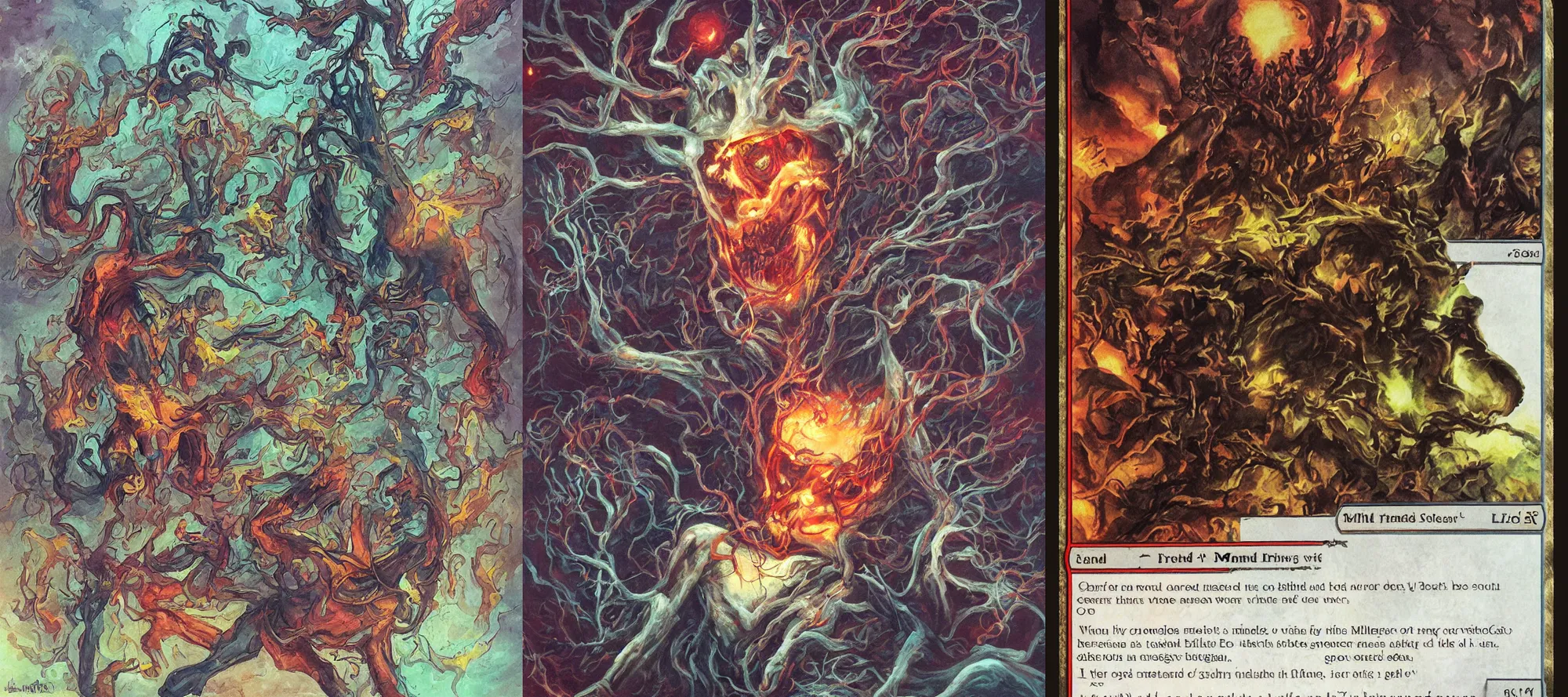
mind rot | Stable Diffusion | OpenArt
The world of AI-generated content is moving faster than ever. Just when we thought we'd seen it all, OpenArt, an AI startup founded by ex-Google engineers, drops a one-click "brain rot" video generator. Buckle up, because this could change everything about how viral content is made.

mind rot | Stable Diffusion | OpenArt
What Exactly Are "Brain Rot" Videos?
Think bizarre, meme-filled, and utterly absurd short-form videos. We're talking sharks in sneakers, ballerinas with cappuccino heads, and visual chaos that somehow manages to be incredibly engaging. These clips are gaining serious traction, especially among younger audiences who thrive on the unexpected and unconventional.
OpenArt's new tool simplifies the creation of these videos to a single click. Input a prompt, and the AI does the rest, churning out content designed to capture attention and spread like wildfire. This ease of use is a game-changer.
The Implications for Content Creation
The implications are huge. Here’s what we might see:
- Democratization of Virality: Anyone can create potentially viral content, leveling the playing field.
- Rise of Hyper-Specific Memes: Niche communities can generate content tailored to their unique interests, fostering deeper engagement.
- Evolution of Advertising: Brands can integrate products into these videos organically, as seen with Nike shoes subtly dominating some clips.
However, this also raises some important questions. Will this lead to content overload? How do we ensure originality and prevent the spread of misinformation?
Ethical Considerations
With great power comes great responsibility. The ease of creating AI-generated content raises ethical concerns:
- Copyright Infringement: Ensuring the AI doesn't inadvertently use copyrighted material.
- Misinformation: Preventing the creation of misleading or harmful content.
- Authenticity: How do we distinguish between human-created and AI-generated content?
These are challenges we need to address as this technology evolves.
What's Next?
The future of AI-powered video creation is bright, but it requires careful navigation. We can expect to see:
- More sophisticated AI tools: Refined algorithms that produce even more engaging and personalized content.
- Integration with other platforms: Seamless content creation and distribution across various social media channels.
- New forms of entertainment: AI-generated content that pushes the boundaries of creativity and storytelling.
OpenArt's "brain rot" video generator is just the beginning. As AI continues to evolve, it will undoubtedly reshape the content landscape in ways we can only begin to imagine.
